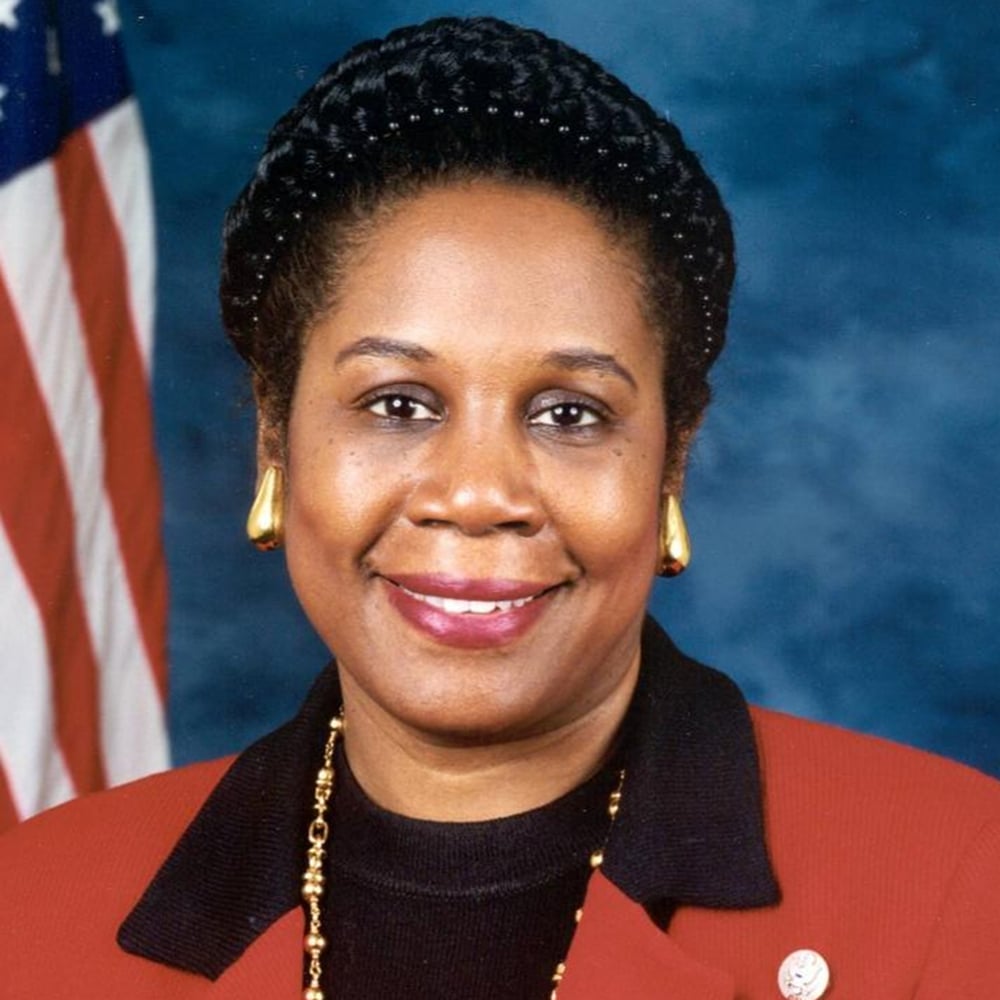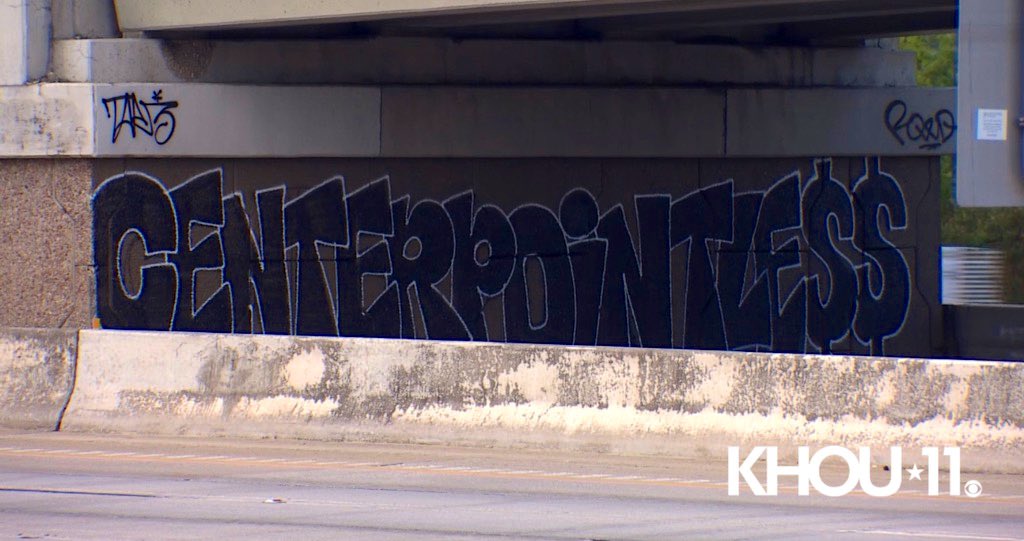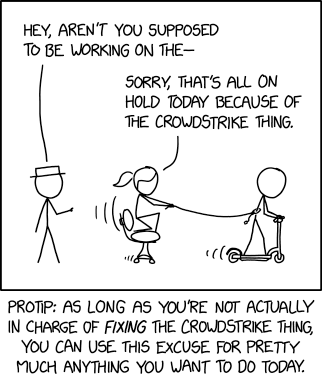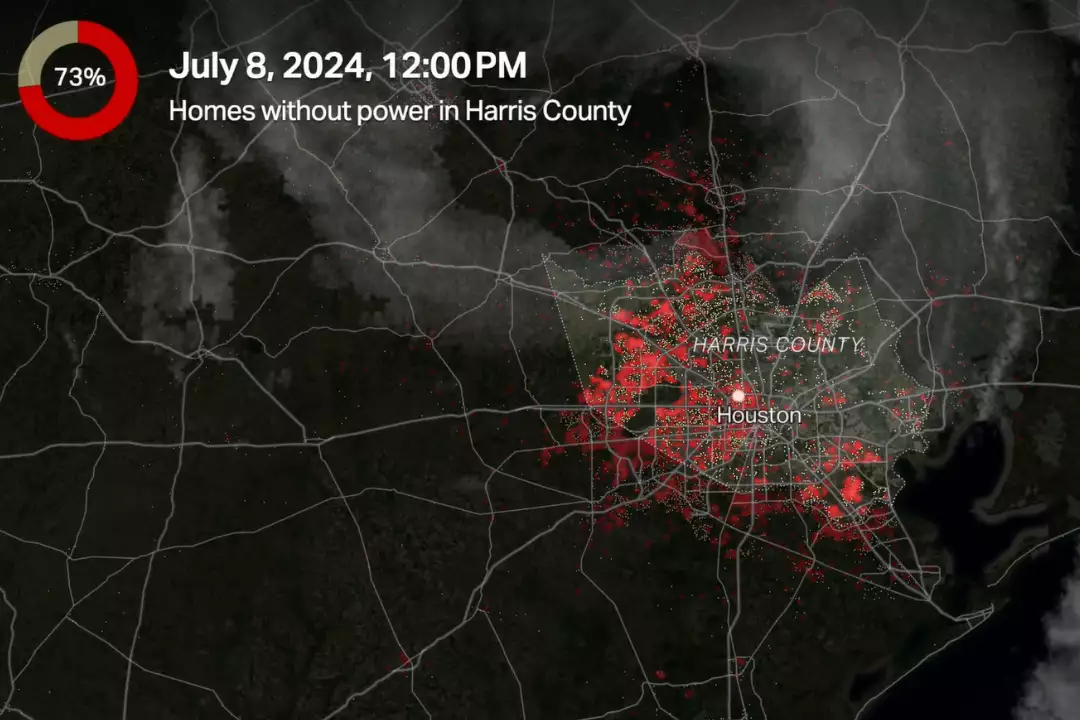Hurricane Beryl claimed at least 22 lives in the Houston area. Recent additions to the list include 11 people who died from hyperthermia, or overheating, after sitting without power for days in homes pummeled by a feverish Texas summer. At the height of the outages, CenterPoint, Houston’s main power distributor, had over 2.26 million customers with no electricity. When Cox died three days after the storm hit, over a million were still waiting on a fix.
Beryl’s official death toll will likely continue to climb, but experts said the final number is expected to have major gaps, especially among those found dead in powerless buildings with triple-digit temperatures.
“The count of people dying from heat-related illness is underestimated,” said Dr. Sadeer Al-Kindi, a cardiologist at Houston Methodist who has researched environmental health.
“Especially when people pass away at home. Even if you do an autopsy, there are no specific characteristics that you would find on an autopsy that would link to heat,” he said.
Instead, high temperatures cause victims’ organs to fail faster, and medical examiners often list a person’s cause of death as the liver failure, kidney failure or heart attack they can see, rather than the hyperthermia they cannot. Though Houston officials have kept tabs on Beryl losses, any “natural deaths” not filed as heat-triggered remain uncounted.
[…]
Data from heatstroke patients who have been treated since Hurricane Beryl offer a sense of proportion that death counts could be missing. In the days after the storm, the Houston Health Department tracked heat-related visits to area medical providers and saw that they ballooned to almost 3½ times the previous week’s tally.
Even before Beryl marked Houston’s second days-long power outage this year — a straight-line storm, or derecho, was the first culprit, in May — Texas’ heat death counts were on the rise. Data from the Department of State Health Services shows that at least 362 Texans died from the heat in 2023, the third record-breaking tally in as many years.
“We’re in this new climate right now. And all we know is it’s getting more unpredictable, more chaotic and hotter,” said Jeff Goodell, Austin-based author of “The Heat Will Kill You First.” Goodell said he thinks we’ll never know the full number of lives Beryl took because the heat death tallies we have now in the state are “the vaguest kind of guesses.”
I feel like we encountered a similar issue following the 2021 winter freeze, but that comparison wasn’t explored in this story. For obvious reasons, this is going to be a bigger problem going forward. Both the city and the county, as well as numerous private organizations, had cooling centers for people who needed them, but those people needed to know about them and be able to get to them. I don’t know what a good solution for this is, but surely making this part of the grid more resilient is on the menu, to reduce the number of people affected and the length of time power is out.
‘We were better prepared than ever’: John Whitmire defends Houston preparations for Hurricane Beryl.
Mayor John Whitmire and leaders of various first responder departments pushed back against claims the City of Houston was unprepared for Hurricane Beryl, which hit the city nearly two weeks ago as a Category 1 storm and left millions without power.
Whitmire said he called Sunday’s news conference at the Office of Emergency Management building to address what he said were comments by Council Member Edward Pollard that lives could’ve been saved if the city had been better prepared. Whitmire said the comments were made in news stories honoring Russell Richardson, a civilian employee of the Houston Police Department who was found dead in a car submerged in floodwaters near City Hall.
“I don’t know if Councilman Pollard got us confused with CenterPoint and their preparation,” Whitmire said, referencing CenterPoint Energy, the Houston-area electric utility under fire for the widespread power outages. “We were better prepared than ever, and to claim otherwise, it’s either dishonest or misinformed or both.”
Mary Benton, chief of communications for the mayor’s office, said after the news conference that Whitmire was referencing an ABC13 news story remembering Richardson. It included a clip of Pollard saying: “We were not fully mobilized. We were having our officers come in on the day of the storm, on the morning of the storm, putting those lives at risk.”
Pollard said his comments in the ABC13 story weren’t in response to questions about Richardson’s death but rather about city preparations. In an email statement, Pollard said his heartfelt condolences go out to Richardson’s family. Pollard said he hasn’t cast blame on any individual and has the “utmost respect” for first responders.
“It is deeply disheartening to see our city resort to a press conference aimed at smearing me politically. My comments were solely focused on the logistics of mobilizing our officers a day earlier to ensure their safety and readiness before Hurricane Beryl hit,” Pollard said.
Honestly, I have no particular complaint with the city’s response to Beryl. I agree that CenterPoint was the big problem. The Mayor has said he plans to hold them accountable. It’s not clear to me what he has the power to do, but I look forward to seeing what he has in mind.
Not directly related to Beryl, but on the subject of excessive heat and the danger it represents, there’s this: A federal utility assistance program favors cold-weather states, giving less money to hot places like Texas.
Air conditioning is increasingly necessary to keep homes at safe temperatures during the summer — especially in states like Texas, where temperatures can exceed 100 degrees for weeks on end. That creates dangerous situations as electric bills overwhelm low-income households’ budgets.
The Low Income Home Energy Assistance Program (LIHEAP) is the federal government’s answer to that, helping people keep the heat on in winter and the AC running in the summer.
But the program’s funding formula favors cold-weather climates. Advocates and researchers say that funding for LIHEAP, administered by the U.S. Department of Health and Human Services, should be increased to address the impacts of climate change and better reflect the need in hot states like Texas, Florida and Arizona.
LIHEAP, which also provides funding for weatherization to make homes more energy efficient and crisis assistance for households at imminent risk of being disconnected, was first conceived to address the rising cost of fuel oil for heating coming out of the energy crisis in the 1970s and early 1980s. Today, the program covers only 7.6% of low-income residents’ total heating and cooling costs in Texas, compared to nearly 23% of total costs in a northern state like Minnesota, according to an analysis by Grace Jensen at Georgetown University.
A Duke University study found that only 5% of program funds were used for cooling assistance nationwide between 2001 and 2019. Half went to heating.
“You have a program that was stamped in time during a crisis 40 years ago that hasn’t been revisited in this current moment of climate change and extreme heat,” said Diana Hernandez, a sociologist at Columbia University who studies energy insecurity in low-income communities. “It’s really to the detriment of people that endure extreme temperatures but don’t have the safety net to support them through those hard times.”
LIHEAP, launched in 1981, at first distributed money in part based on how often a state experienced cold weather. That changed several years later after senators urged Congress to rethink the calculation.
Even so, distribution of funds still disadvantages hot states because it averages cold and hot days over a 30-year period, which doesn’t reflect how quickly the planet is warming now.
“The rules haven’t caught up with the change in temperature,” said Mark Wolfe, executive director of the National Energy Assistance Directors Association.
Many states provide supplemental funding to help close the gaps. Others, like Texas, do not. “The lack of federal funding is amplified,” Wolfe said.
Of course we don’t. I don’t know how much of this could help in power outage situations, but plenty of folks need assistance in normal times too, even more so with temperatures rising. Congress and the Legislature need to get on this.
After Beryl, Houstonians rush to rescue injured and abandoned wildlife left by the storm.
Almost immediately after Beryl tore through Houston, leaving a path of torn-up trees and battered homes and more than 2 million homes and businesses without power, the Houston Society for the Prevention of Cruelty to Animals faced a day-long line of Houstonians with injured wildlife at its center just north of Memorial Park. The storm had knocked hundreds of baby birds from their nests, separated week-old opossums from their mothers and destroyed the habitat of many others.
Normally, the intake at the SPCA is about 40 to 50 animals a day. A day after the day after the storm, that figure surpassed 700. By week’s end, some 1,800 animals had come through the doors.
More than a week later, [Brooke Yahney, director of wildlife at the Houston SPCA] and others still are caring for hundreds of animals.
“We were moving so fast,” Yahney said. “It was hard to really think about it, but we’d take an animal in, triage to see what it needed, settle it down and then repeat.”
Extreme weather, such Hurricane Beryl, can have an immense impact on wildlife in the Houston area, according to the National Wildlife Federation. Hurricanes destroy coastal and green habitats, displace wildlife and increase human and animal conflict.
Usually, wildlife is able to bounce back from drought, flooding or storms. However, as hurricanes and other extreme weather events become more intense or frequent due to climate change, increased habitat destruction and displacement could leave wildlife struggling to rebound.
The intake level is back to normal now, thankfully. There are some nice animal pictures in the story if you want to see them.
Finally, do you wonder if your neighborhood is unlucky with power outages? Well, this story with maps about the problem areas that CenterPoint has will either ease your worries or send you into a state of rage. Click carefully. My neighborhood is fine, but there’s a significant swath of the Heights that isn’t. See for yourself.











/cloudfront-us-east-2.images.arcpublishing.com/reuters/5KHWYF53XBNEFLDIU4B47BZYQE.jpg)





